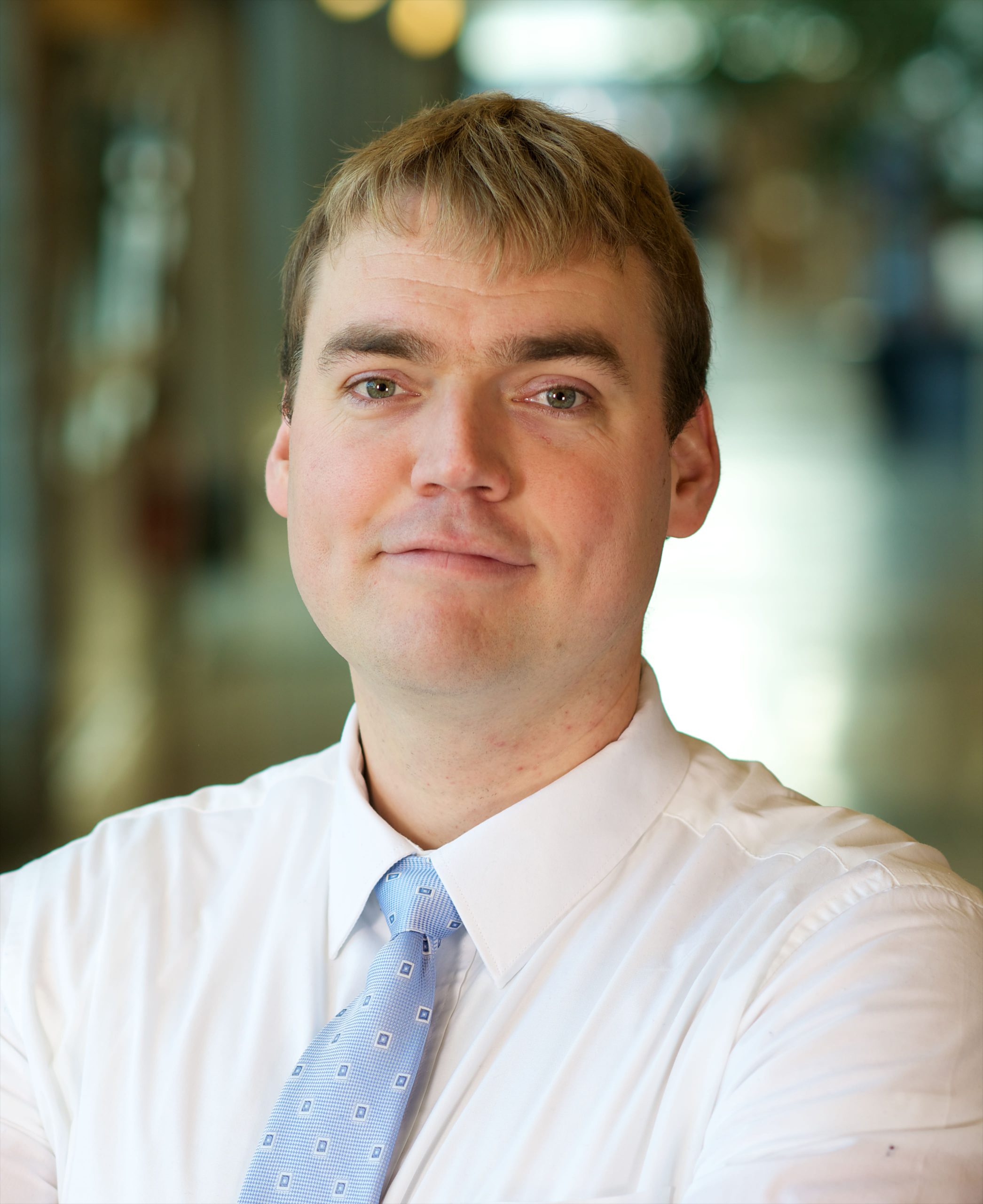Thursday, November 16 at 11:00 PT
Buchanan Tower, Seminar Room 997
Marseille, Mediterranean Ports, and Migratory Routes to South America, 1892-1932 by Dr. Benjamin Bryce
Drawing from recent research, this talk sheds light on the role of the Société générale des transports maritimes in shaping Italian, Spanish, and Syrian migration to Buenos Aires in the late and early twentieth centuries. In most studies of immigration in the Americas, scholars have paid little attention to the land and sea routes that migrants took to ports in Europe, the recruitment strategies of shipping companies, the scrutiny and sanitary inspection that migrants faced at ports before boarding ships and before disembarking, and the decisions that people made about staying home or leaving. Proximity to ports was crucial in determining which Europeans left for the Americas in the nineteenth century. Yet the same cannot be said by the turn of the twentieth century. What was the role of shipping companies in opening up new sources of migration in eastern Europe, the Middle East, and different regions of Spain and Italy? By centring travel and the role of companies, this talks casts light on important yet under-considered factors in the history of global migration.
Bio:
 Benjamin Bryce, Ph.D., is an Associate Professor in the Department of History and chair of the Latin American Studies program at UBC. He is also an Alexander von Humboldt fellow at the Lateinamerika-Institut at the Freie Universität. He is the author of The Boundaries of Ethnicity: German Immigration and the Language of Belonging in Ontario (McGill-Queen’s University Press, 2022) and To Belong in Buenos Aires: Germans, Argentines, and the Rise of a Pluralist Society (Stanford University Press, 2018). He is editor-in-chief of the Journal of the Canadian Historical Association and curator of the virtual museum BridgeToArgentina.com, a collaborative project with the Museo de la Inmigración in Buenos Aires.
Benjamin Bryce, Ph.D., is an Associate Professor in the Department of History and chair of the Latin American Studies program at UBC. He is also an Alexander von Humboldt fellow at the Lateinamerika-Institut at the Freie Universität. He is the author of The Boundaries of Ethnicity: German Immigration and the Language of Belonging in Ontario (McGill-Queen’s University Press, 2022) and To Belong in Buenos Aires: Germans, Argentines, and the Rise of a Pluralist Society (Stanford University Press, 2018). He is editor-in-chief of the Journal of the Canadian Historical Association and curator of the virtual museum BridgeToArgentina.com, a collaborative project with the Museo de la Inmigración in Buenos Aires.